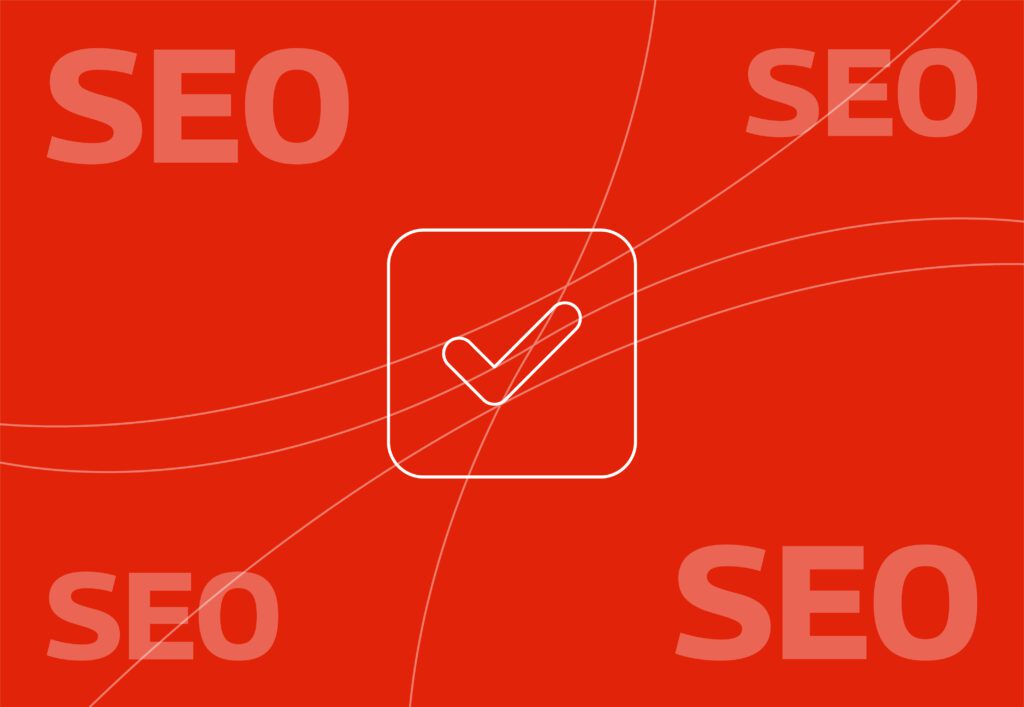
How to use pop culture moments in marketing

If you’re a brand marketer, jumping on pop culture moments won’t necessarily be a new tactic for you but this type of marketing can often be hard to get signed off, especially if you work in a more “traditional” industry. This approach to marketing doesn’t have to be reserved for startups and challenger brands, and I’m going to break down how you can leverage it.
Whatever industry you work in.
When I’m talking about a pop culture moment, this can mean anything from the latest cinema release, the trending meme, the viral TikTok comment, or the TV show everyone is talking about (The Traitors, I’m looking at you).
Any brand can join these conversations authentically when it’s done with purpose, and without the “cringe”.
In this blog I’m going to walk you through why these moments matter to your audience and how to spot them and how to align them with your brand.
Why pop culture moments matter
It’s easy to dismiss anything “pop culture” as a fleeting fad or internet noise, but in reality these moments are where real attention lives. Here’s why you shouldn’t ignore these moments:
Massive engagement potential
These moments come with built-in attention. When everyone is talking about Wicked, The Traitors or Taylor Swift, you have the opportunity to piggy-back on that wave. You’re not having to start the conversation yourself, but you just need to consider how you enter it.
Short attention spans need instant hooks
Attention is measured in seconds, and the ability to stop the scroll is increasingly difficult, so referencing a trending topic can stop people in their tracks. Audiences recognise cultural cues and will engage.
Brand personality
Even formal brands benefit when they feel human. If a law firm uses a clever analogy from a legal thriller they are saying “we understand you and we speak your language”. Responding to these moments helps to humanise your brand and build that authenticity the audiences desire.
Strategic differentiation
For senior marketers who have to justify budgets and deliver impact, this isn’t “fun and games” but can provide serious improvements to your brand visibility. Brands who do this well are the ones who embed pop culture into their marketing systems and don’t just hop on trends once as a gimmick. It’s the difference between “we tried a meme post” and “we have a trend-capture process”.
Spotting the right pop culture moments and aligning them to your brand
So you’ve decided to tap into pop culture, but you want to do it the “right” way? This means finding moments that genuinely fit with your brand personality and your audience, not just jumping on whatever is trending for the sake of fleeting visibility. Here’s how you can get started:
Trend monitoring
There are so many options for keeping on top of trends. The simplest is to have your eyes (or someone on your team) on socials constantly, what are people talking about today that they weren’t yesterday? What’s being reshared/repurposed?
Some social platforms have their own tools to help with this, such as TikTok, Pinterest and Reddit. Search tools can also help with this, such as Google Trends, Exploding Topics, and Ahrefs.
Audience alignment
Not every moment will suit your brand or your audience, so ask yourself “will our customers respond to this?”
This is the vibes part of the audience sweet spot, and needs to be combined with being found in the correct place for your audience.
Brand alignment
As well as making sure what you’re talking about aligns with your audience, you need to also make sure it makes sense for your brand, there has to be a credible bridge otherwise it can come off as “try-hard”.
You also need to be sensitive, some moments can be risky, such as celebrity scandals, political movements or social justice issues. If your brand doesn’t have the credibility or authority in that space, it’s usually best to sit out (something Pepsi should have done with THAT Kendal Jenner advert).
Speed is everything
Pop culture moments are fleeting. If you publish even a day to late, your content can come across as stale. Fast approval, agile teams and a rigid process are crucial to getting this done right.
Creativity will give you the edge
Don’t just reference the trend, make it your own. The brands that see the best results are the ones that take a cultural moment and turn it into a narrative with themselves in the drivers seat. So, mention the meme, the film, the show, but make your brand the protagonist.
How to incorporate pop culture moments into your marketing strategy
So, how do you actually do this? Here’s how to turn what we’ve outlined into something you can include in your marketing plans and make them sign-off friendly.
Build your trend radar
Assign someone on your marketing team (or multiple people) to own “trend watching”, the more people the better here so the niche references don’t get missed. Here’s a few ideas of what this could look like:
- Get Google alerts set up for terms that are closely associated with your brand.
- Follow trend accounts across TikTok, Reddit, X and other social platforms.
- Create a shared Slack or Teams channel where you can drop anything you spot, even if it’s half-baked.
- Set aside 15 minutes each day to go trend hunting, either on your own or via a group catch up.
Map the moment to your audience
Before you jump on any trend, ask yourself these questions:
- Would our audience understand the reference?
- Can we connect it back to our brand story naturally?
If the answer is no to either of these questions, scrap the idea. A pop culture moment that aligns with your brand will always outperform one that looks opportunistic.
Create a quick-reaction process
Speed is everything when jumping on trends, so make sure you have a process outlined that will enable you and your team to react effectively.
- Get copy, tone, and images pre-approved, where you have part of the content already approved it can reduce the back and forth.
- Keep the approval chain as small as possible, get straight to the source.
Start small and build to bigger moments
Start with something low-stakes, this could be replying to a social comment, a PR hook or a social post that spins the meme with your branding. See how it lands and once you have the data to show engagement and all those other lovely metrics, you can scale up to mini-campaigns and partnerships.
Track and learn
Track every post you create, measure engagement and further impact. You can use this to get buy-in from the people you need approval from, and you’ll also start to learn what works and what doesn’t (there will always be flops, but use them as a learning experience).
The more you do this, the more it’ll become a natural part of your strategy and the easier it will become to get sign off.
Pop culture marketing done well
Let’s look at the brands that own pop culture conversations, these are the ones who have nailed their timing, tone and audience fit to turn these moments into marketing gold.
Aldi UK
It would be a disservice of me to write this blog and not mention the GOATs of pop culture marketing, Aldi. They’ve built insane brand awareness in arguably the simplest way. They lean into humor and have insane self-awareness and use this when talking about trending topics.
A great example of this is #FreeCuthbert when Marks and Spencer launched their legal claim over Aldi”s “Colin the Caterpillar” dupe. They created the hashtag and made multiple playful posts tagging other supermarket brands.
Aldi is a great example as it shows pop-culture integration doesn’t require a big production or film-scale campaign. Even on social channels, brands can win by being timely, culturally relevant and slightly cheeky. For a major UK retail brand with a value identity, this tone has strengthened Aldi’s brand personality and shareability.
Greggs
Greggs is another UK brand that thrives in pop culture, they’ve truly nailed the art of being relatable and reactive.
A standout example was their Love Island collab, as the nation settled in for another season of drama in the villa, Greggs teamed up with Deliveroo to launch the “Greggs Date Night”bundles, complete with themed packaging and social posts that playfully nodded to the shows contestants.
This is a great example of how “trend” hopping can be more proactive, Greggs new Love Island was going to be a popular topic across socials and had this planned in ahead of the launch.
It worked because it didn’t feel forced. Greggs didn’t pretend to be part of the Love Island world, they just knew their audience was and joined them there.
VisitBritain
A bigger-budget example is VisitBritains “Starring Great Britain” campaign, which has taken the UK’s obsession with film and TV and celebrated the fact the UK is the backdrop to some of the worlds most loved shows and movies.
This campaign is a clever reminder that pop culture doesn’t always mean jumping on someone else’s trend, you can own your own role within culture and amplify it. For VisitBritain, that meant turning “film tourism” into a national pride moment, and proving that even public bodies can have serious cultural clout when they tell the story right.
Turning a moment into momentum
Pop culture moments are like a firework, they capture attention and create a buzz, but if you don’t catch them at the right time, the sparkle fades.
Whatever your industry, you can use culture in your marketing efforts and you absolutely should, these moments can help you build bigger reach and relevance, gain more engagement and give your brand a human personality which can help with relatability.
The campaigns that make you feel a little bit nervous are almost always the ones that perform best, this type of marketing rewards bravery, not playing it safe.
Our teams across Organic and Paid at Embryo aren’t strangers to using pop culture in our campaigns for clients, if you’d like to see how we could help you do the same, get in touch.



